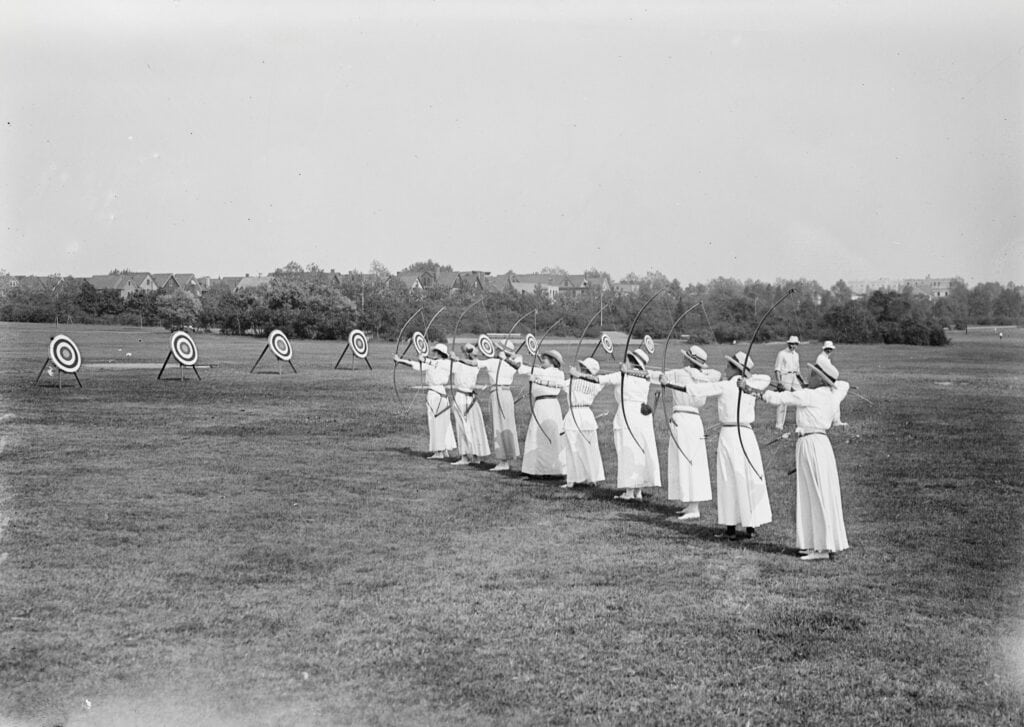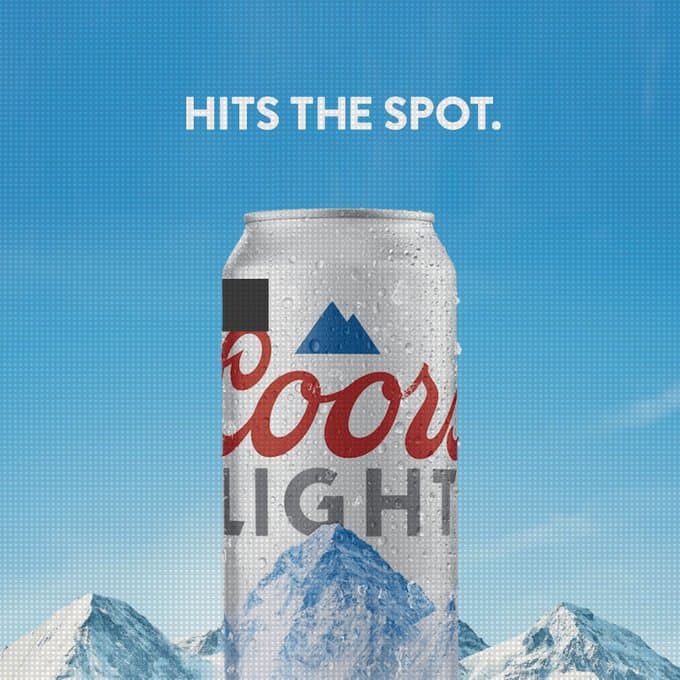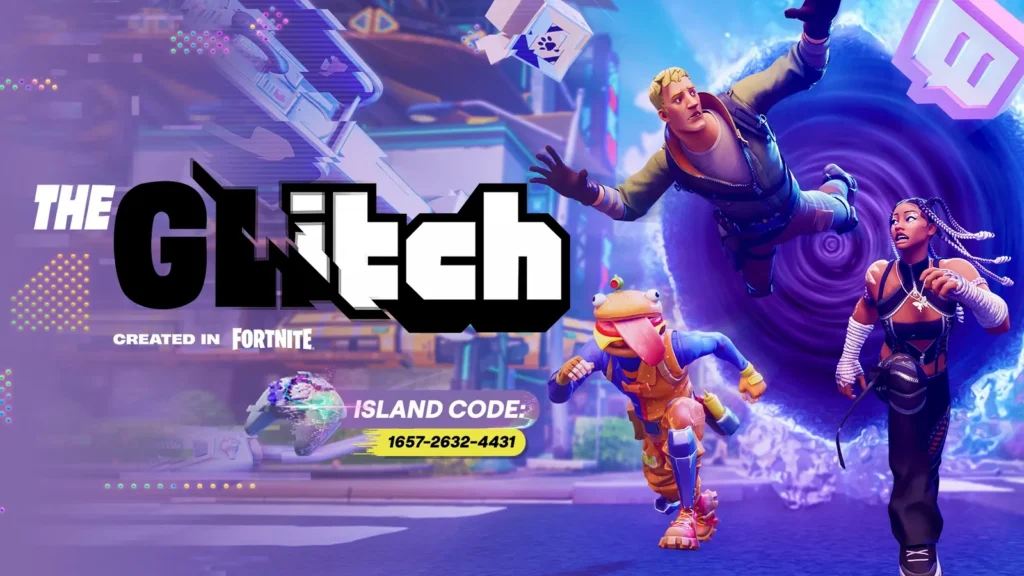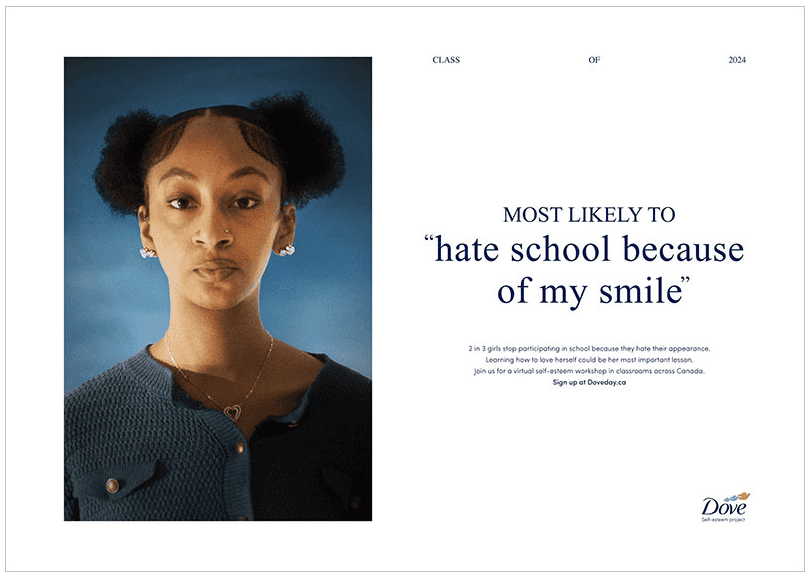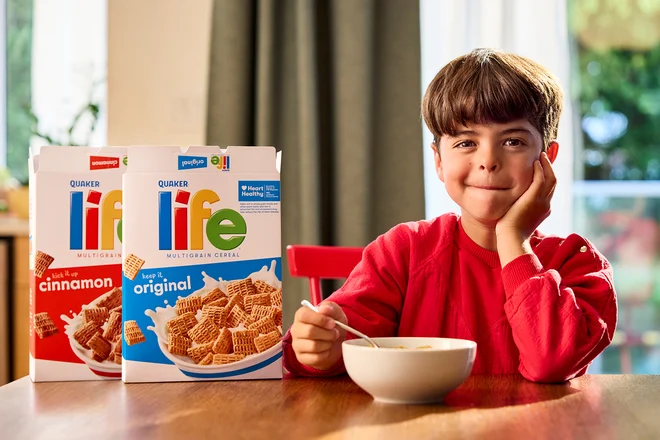We feel our title is a fair question. How do consumers choose which brand of water to buy when the product is, more often than not, the exact same from brand to brand? And this applies to other consumer goods that line your grocery store shelves. Toothpastes, laundry detergents, pretzels, sodas, sponges, booze. There are so many brands of each that you’d think choosing would be easy. But it’s not, and we as the consumers face decision fatigue.
So, how do brands try to diagnose our symptoms of said fatigue? By outmarketing the other brands in their respective space.
The world of consumer packaged goods (CPG) is so f*ing saturated, it makes you wonder why anyone keeps trying to enter. It all comes down to marketing, and the best CPG marketers tend to separate themselves from the pack. And most will tell you that it’s about understanding the nuances of consumer behavior, crafting compelling messages that resonate, and leveraging the power of traditional and modern marketing techniques to stand out in a crowded sea of options.
Let’s dive into the world of CPG marketing so you and your brand know how to navigate this competitive space, and thrive once you’re inside.
What Is CPG Marketing?
CPG stands for consumer packaged goods and it’s the strategic use of various marketing tactics to promote and sell everyday consumer goods. The goal of consumer packaged marketing is to increase brand awareness, influence purchase decisions, and drive sales. Marketing strategies are done through either traditional means—like TV commercials, print ads, or in-store promotions—and modern marketing tactics, like social media, content marketing, and e-commerce.
The competition is fierce and to position yourself as a CPG leader with your respective goods, you must build a strong brand identity. Think Coca-Cola, Hershey’s, and Patagonia—instantly recognizable brands in our society.
By understanding the core elements of CPG marketing, you can gain valuable insight into how these everyday products find their way onto store shelves and into our homes.
We understand how these CPG elements are important to getting your brand noticed. Schedule a call today and let’s chat about how we can help address your needs.
CPG Marketing in Today’s World
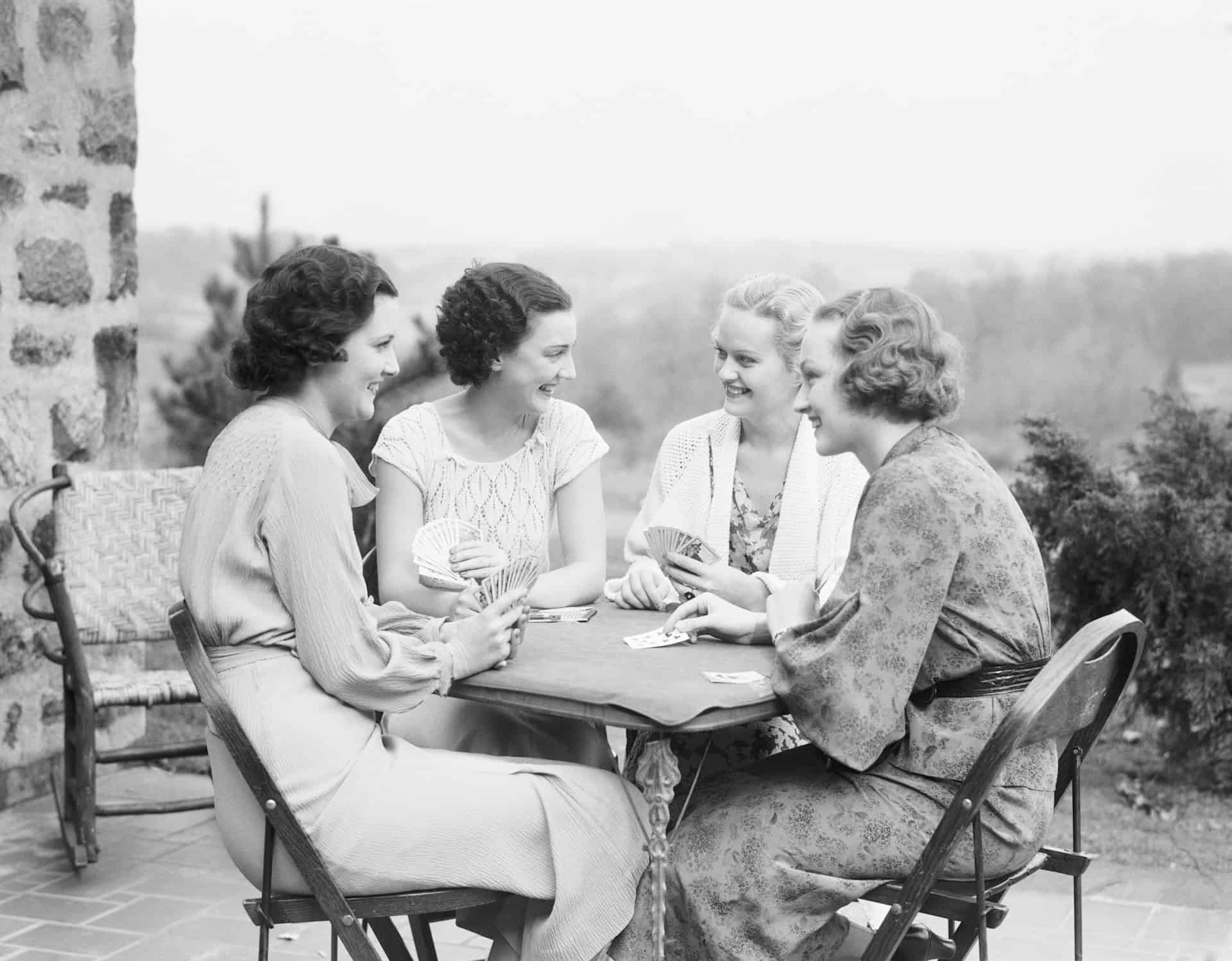
This digital revolution we’re living in has fundamentally reshaped the CPG marketing landscape. Gone are the days of relying solely on TV commercials and in-store promotions. Today’s consumers are tech-savvy and demand personalized experiences across all touchpoints. To find CPG success today, you must combine creativity, data, and the power of these digital technologies at our fingertips.
Oh, and you need the strategies too.
Consumers Crave Content
Pushing ads simply won’t cut it in today’s CPG world. Brands are winning over consumers by creating informative and entertaining content that builds trust and sparks engagement. Maybe you’re a chocolate company with a recipe blog featuring easy meals made with your products. Or you’re an exercise equipment company featuring helpful product tutorials that empower consumers to get fit. The content you put out should reflect your brand’s values, fostering a deeper connection with consumers because it resonates with them (a.k.a. they give a sh*t about your brand and want to spend their money with you).
They’ll Scroll Right Past You
Ignoring the power of social media is a massive mistake and, quite simply, people will scroll past. Social platforms offer a direct line to consumers and allow for real-time engagement. Visually appealing content and interactive campaigns are your best friends when it comes to CPG social.
There’s Power in Personalization
You’re no longer confined to a one-size-fits-all approach and can now create more personalized experiences for your consumers across all channels. Your marketing messages are now based on demographics, purchase history, and online behavior. Personalizing your customer’s experience increases satisfaction and drives sales through other relevant suggestions.
E-commerce Optimization Is a Must
It’s almost too obvious to say, but we should. Adapting to the world of online shopping is a must to survive the CPG game. Your approach relies on three steps:
- Optimize your product listings with clear descriptions, high-quality visuals, and positive customer reviews to get attention and build trust.
- Invest in an e-commerce platform that makes the buying experience really f*cking easy for your customers.
- Partner with delivery platforms that offer convenience and actually get your sh*t to the consumer.
You gotta try to navigate the online marketplace better than everyone else.
Don’t Run From Data
You can run campaigns until you’re blue in the face, but if you don’t know how to interpret the results, then you’re just spending money, wasting money, and not making any money. Learn to leverage analytics tools that track campaign performance—like paid search—showing off what you’re doing well and where you can improve. You’ll figure out what the heck your customers actually respond to and what factors go into their purchasing decisions.
Challenges in CPG Marketing
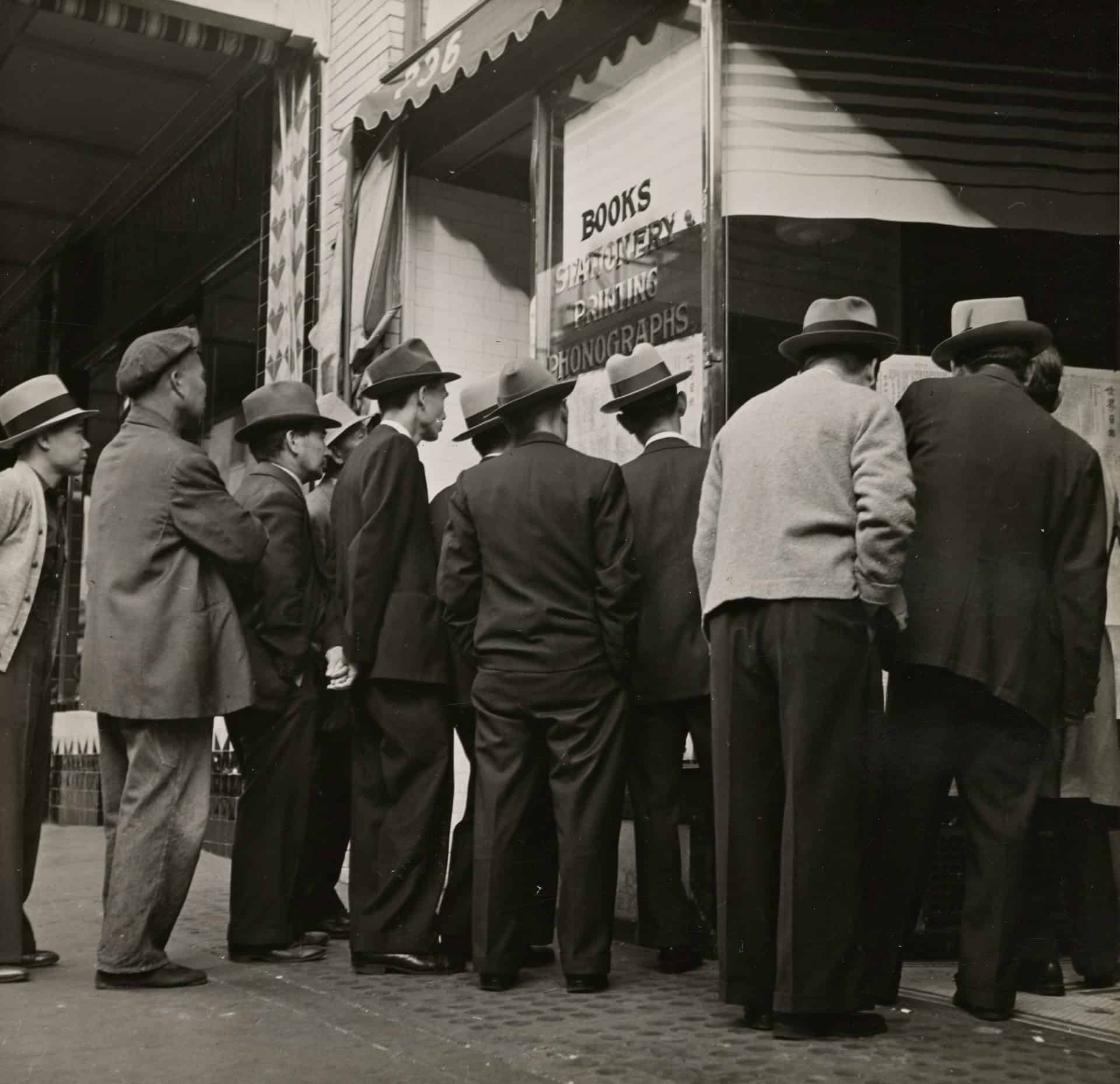
The CPG world is a dynamic one and companies need to stay on top of some important challenges the industry faces.
- Evolving Consumers. People’s demands and preferences change constantly depending on economic, health, and social trends.
- Grab and keep attention. Getting consumers to recognize you requires creative and strategic marketing efforts.
- Reach customers everywhere. Consumers shop in all ways and CPG marketers need to hold space in all channels where consumers research and shop for goods.
- Stay up on privacy regulations. Changes to privacy regulations—like declining third-party cookies—makes it harder to collect valuable data previously used to personalize the customer journey.
- Build brand loyalty. Consumers have so many options that they aren’t afraid to jump ship to another brand if the price is lower or if a better product comes out. How do you earn and keep customer loyalty?
Our CPG Case Studies
We at M&P have experience in the CPG space working with clients like Blender Bites and Honestly Margo, among others. Our expertise spans many different categories in the larger CPG industry.
Blender Bites
Blender Bites—a successful Canadian smoothie company—partnered with us to launch in the U.S. market. We created a social media campaign with targeted ads and influencer partnerships to position Blender Bites as a convenient and healthy option. We also optimized the website for search engines and implemented analytics to track campaign performance and refine strategies for maximum impact.
Here are some impressive result numbers we’d love to share—an increase in website visits by 88 percent, organic impressions by 129 percent, and organic traffic by 821 percent. The best part for Blender Bites was a 93 percent increase in campaign ROI.
Check out their full case study here.
Honestly Margo
Beauty brand, Honestly Margo, struggled to compete in the increasingly crowded online beauty space, despite starting young and having a growing line. They hired us to improve their online presence through SEO, paid search, and website design. The goal was to gain brand awareness and convert visitors to loyal customers.
What they got was 165 percent increase in web revenue, 59 percent increase in transactions, and a 74 percent increase in campaign ROI. Read all about it here.
We also implore you to read our other CPG case studies for our luxury clothing client, G ALXNDR, a cannabis client, Ember Valley, a CBD company, Social CBD, and an alcohol-free beer, HOP WTR. You’ll find the results for these are also amazing (if you ask us and them!).
If you’re a CPG brand looking for marketing help, schedule a call with us. We have plenty of case studies and tons of experience to share.









